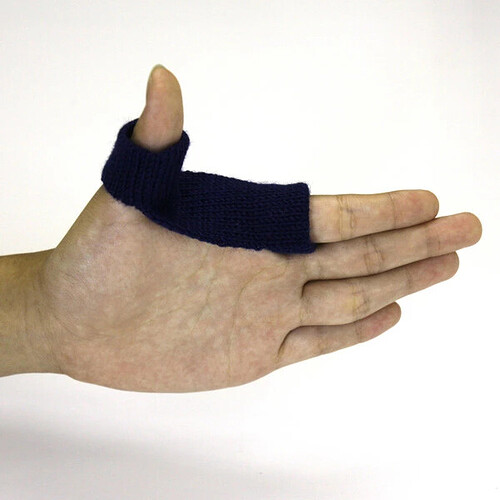It’s less about reducing tension initially, and more putting your hand in positions that are abnormal for you, and adding extra sensory perception. (not esp lol) Giving you a new perspective/feel
That gives you extra feel and awareness of what you’re doing. And extra range to relax. It’s like the old idea of you’ll never know what blue is unless you experience it.
There are videos by Anat Baniel that show her putting children with special needs into positions that they won’t do by themselfs, and therefore have no experience and ability to acually make those moves by themselves.
The stuff troy talks about in terms of people who learn fast is very similar, people who do loads of random movements untill they find what works. Putting your hand in different positions or putting things on your hand is just another method to give the brain extra information to work with, and through that practice, extra control to loosen up and not get cramps in the hand. It’s ultimately just expanding your nervous systems range.
If you’ve played a certain way for decades (or a kid and thats all you’ve known), adding something to expand that range will help. Just like the mouse dpi thing, your brain has to adapt and recalibrate to get fine motor skill back. It’s stimulating the nervous system and giving it extra range to act in
“neurofeedback” is very similar too.
It’s also the same concept as starting with speed. Lets you feel what thats like even if you’re not getting every note.

